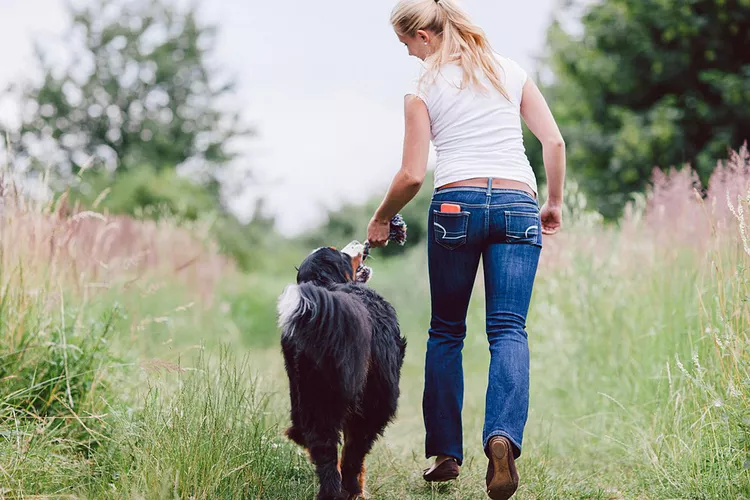
Walking with your dog at a "heel" is more formal than walking your dog on a loose leash. Teaching a dog to heel involves training it to stay close by your side while walking and it is a great way to instill self-control in your dog whether it's on or off leash. Any dog—even the most energetic pups—can learn to heel and teaching this command is not too hard as long as you're persistent and consistent.
You will need to have plenty of treats on hand. For training (especially when introducing a new or difficult command), choose treats that your dog absolutely can't resist. Small pieces are best because you will be giving your dog lots of treats at first to reward good behavior and you don't want to spoil your dog's diet. For stubborn dogs or small dogs that make it difficult to bend down and offer treats while in the heel position, use a long-handled spoon coated with peanut butter, cream cheese, or wet dog food.
You can train a dog to heel with or without a leash. If you're working with your dog off-leash, make sure that you're in a safe area, such as a fenced-in yard.
For your first attempts, be sure to stay in an area with little distraction, such as your backyard. If you go somewhere that has too many other interesting things going on, treats may not be enough to hold your dog's attention.
Start off with your dog sitting on your left side. Hold a handful of treats or the wooden spoon close to your dog's nose, and tell it to "heel." Begin to walk. For the first few tries, take just a few steps and give your dog treats continuously.
Once you're able to walk with your dog at a heel for several yards, it's time to start cutting down on the number of treats you give it. Again, begin with your dog sitting at your left side, and give the command "heel." Give the dog a treat and then take a step before giving it another. Be sure to give your dog a treat before its interests wander. Keep the distance you walk with your dog at a heel fairly short, and gradually work up to walking a yard or two between treats.
Once you're able to walk several yards with your dog in a heel with only a few treats, it's time to start adding more distance to your walk. You can give your dog treats, but begin to slowly phase them out.
If your dog is continually breaking out of a heel at any point, you may be moving ahead too quickly. Go back and repeat the distance and number of treats where you were last successful in keeping your dog at a heel.
Once you're able to walk a fairly long distance with fewer treats, it's time to add some distraction. You can work on this training at a park or take walks through your neighborhood on a leash. When you first begin this, you may need to go back to treating your dog continuously and keep the walks short until it understands what's expected. Again, slowly work up to longer distances and fewer treats.
After practicing walking with your dog at a heel for long distances, you should be able to stop using treats altogether. Slowly add more and more distance to the walk with fewer treats given. Your dog should soon be able to heel without getting any (or very occasional) treats.
It's not uncommon for dogs to break out of the heel when learning this command, especially early on. Your patience and consistency are key to working through some of the challenges you'll face. Keep with it and your dog will eventually learn what you want it to do.
If needed, go back a step or two at any stage in the training. One of the common mistakes owners make is moving onto the next step before the dog is ready, so it seems like it forgot the previous lessons. If your dog makes several mistakes in a row, simply go back to giving it more treats and walking a shorter distance. Take your time, then slowly build back up to having it walk at a heel for longer distances.
Keep a close eye on your dog's body language. You can often learn to anticipate when your dog is about to break away from the heel position. If you notice your dog's muscles bunch or that it begins to fixate on something besides the treats, give the "heel" command again, then pivot to the left and walk in the opposite direction. Your dog will quickly learn that it's important to pay attention to you.

100+ White Cat Names
White cat names can pay homage to their wintry fur, like Snowflake or Frosty, but can also be playful, such as Marshmallow, or elegant, like Pearl.
117 Funny Cat Names That'll Make you Chuckle
The top funny names for cats play on your kitty's personality, size and shape, or general catitude.
15 Unique Male Cat Names
Instead of commonplace Tiger or Oscar, our list of unique male cat names will hopefully inspire you to pick something different.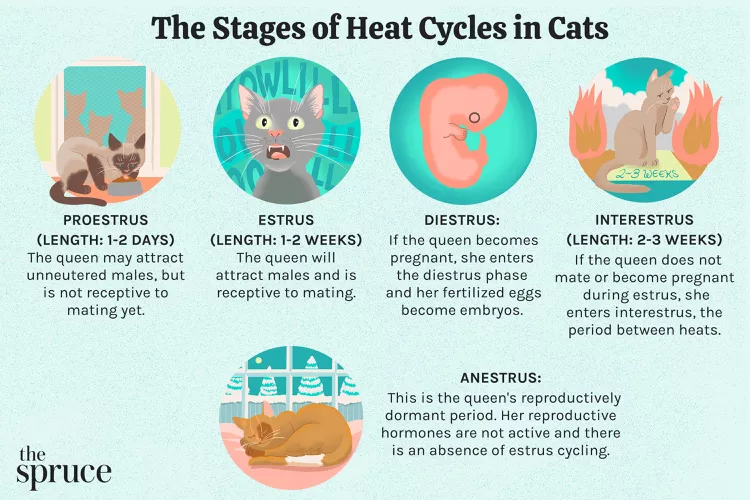
How Long Are Cats in Heat?
How long are cats in heat? Learn about the heat cycles of cats, also called estrus, as well as the reasons you should spay your cat.
Are Christmas Trees Poisonous to Cats and Dogs?
Many people worry about their pets knocking over the Christmas tree, but what happens when they chew on it? Learn if Christmas trees are toxic to pets.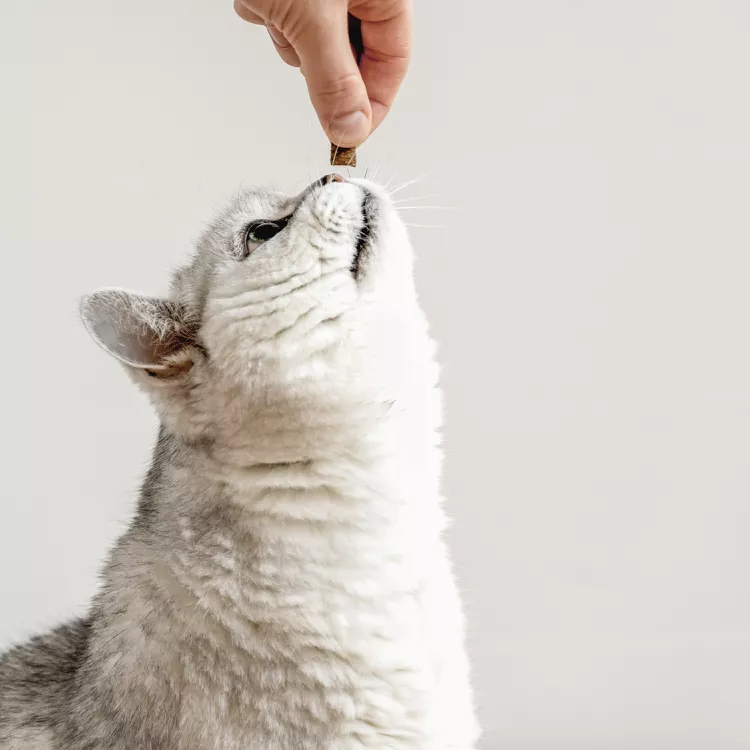
Can Cats Eat Peanut Butter?
Peanut butter is not toxic to cats, but it might not be the best choice of treat for them.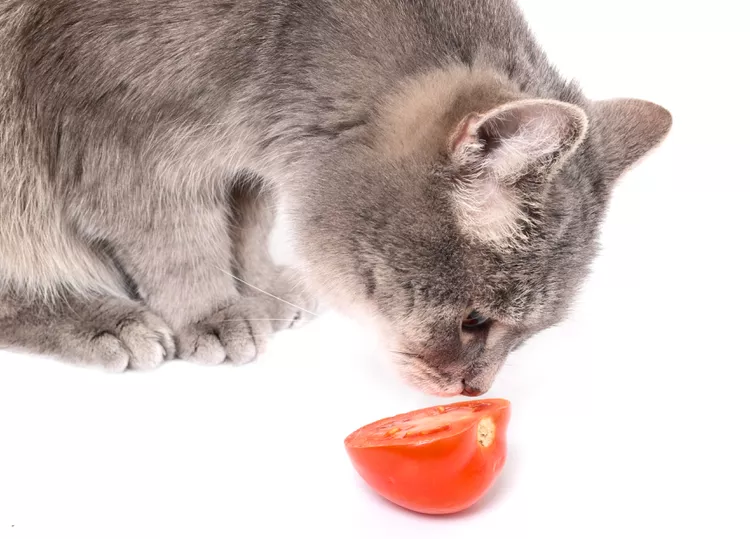
Can Cats Eat Tomatoes?
Tomatoes are a healthy snack for humans but should mostly be avoided for our feline friends.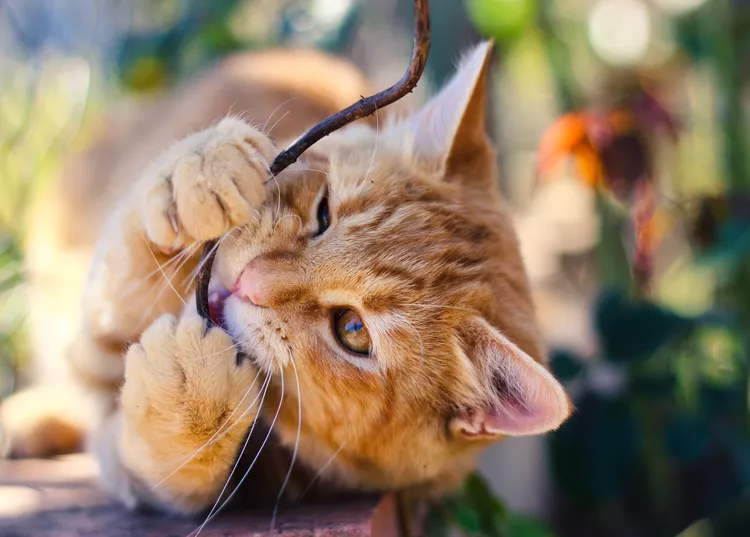
How to Stop Destructive Chewing in Cats
Cats are known to chew on objects such as shoes, furniture, and cords. Learn how to stop this behavior to keep your cat (and household objects) safe.
Neutering Your Dog Explained
What does it mean to neuter a dog? Learn about neutering or castration in dogs and why it is done. Find out what to expect when your dog is neutered.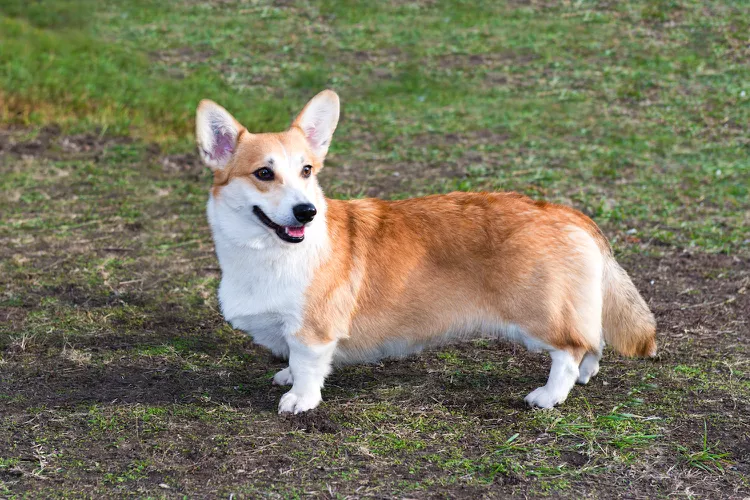
Cardigan Welsh Corgi: Dog Breed Characteristics & Care
Learn all about the Cardigan Welsh Corgi, a unique-looking dog breed known for its larger-than-life personality and complete devotion to its family.
Littermate Syndrome in Dogs
Dogs that grew up together as littermates may have conflicts when they live together as adults. Here's everything you need to know about littermate syndrome in dogs.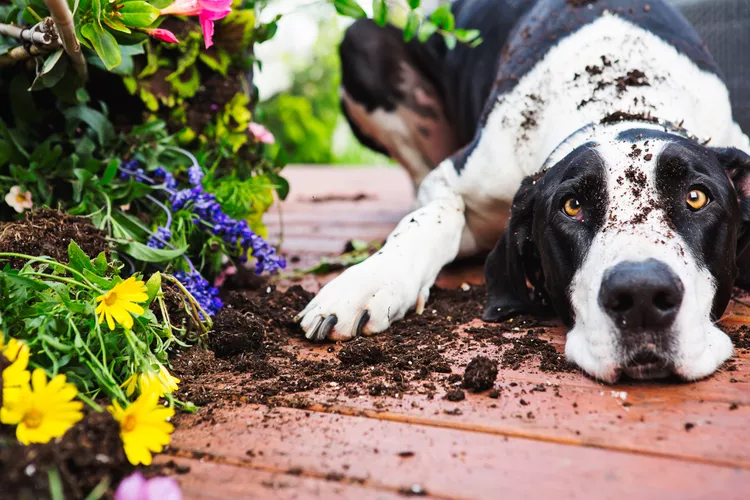
Why Do Dogs Eat Dirt?
Some dogs eat some strange things. What does it mean if your dog eats dirt and when should you be concerned?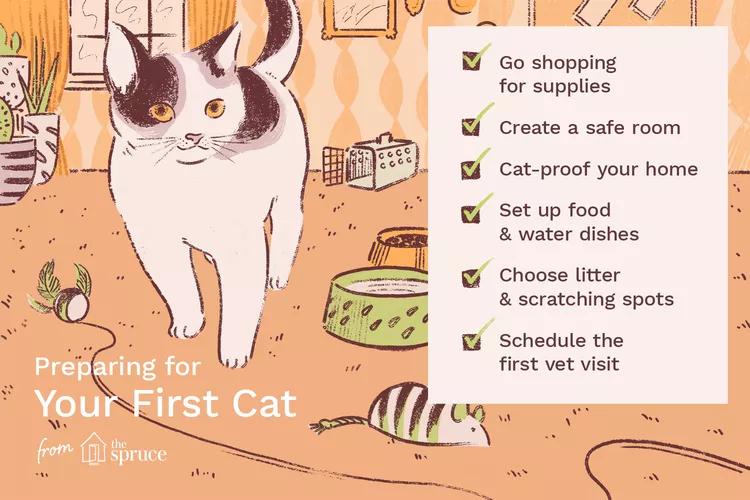
Everything You Need to Know About Raising Your First Cat
Whether you are thinking about getting a cat or just adopted your first one, these are the things to know to make your relationship a lasting one.
8 Ways To Help Your Cat Lose Weight
Cats who are at a healthy weight are happier, more agile, and tend to live longer. Here are 8 tips for managing a cat weight loss programme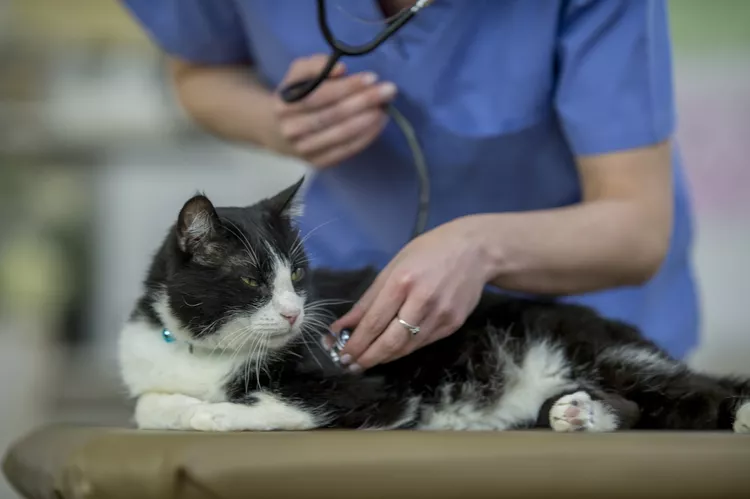
Heart Disease in Cats
Like humans, cats can get heart diseases that may lead to serious problems. Learn all about symptoms along with the causes, treatment, and prevention.
Is Coconut Oil Safe for Cats?
Coconut oil is touted as a miracle food. Can coconut oil improve your cat's health? Is coconut oil even safe for cats?
Why Do Cats Stare at Walls?
Cats can have some quirky behaviors, including staring at walls. Why do cats do this and when should you be concerned?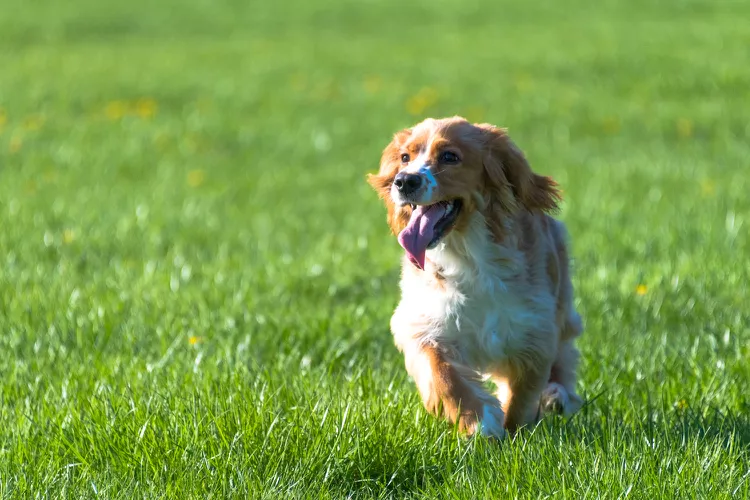
Patellar Luxation in Dogs
If your dog has a knee that seems to pop out of place, it may have a patellar luxation. Find out what this means and what can be done about it.
13 Signs of Cancer in Dogs
The signs of cancer in dogs may include lumps and bumps, lethargy, vomiting, diarrhea, pain, abdominal swelling, and more. Signs may be mild or obvious depending on the type of cancer and its severity. Learn common signs of cancer in dogs so you’ll know when to call the vet.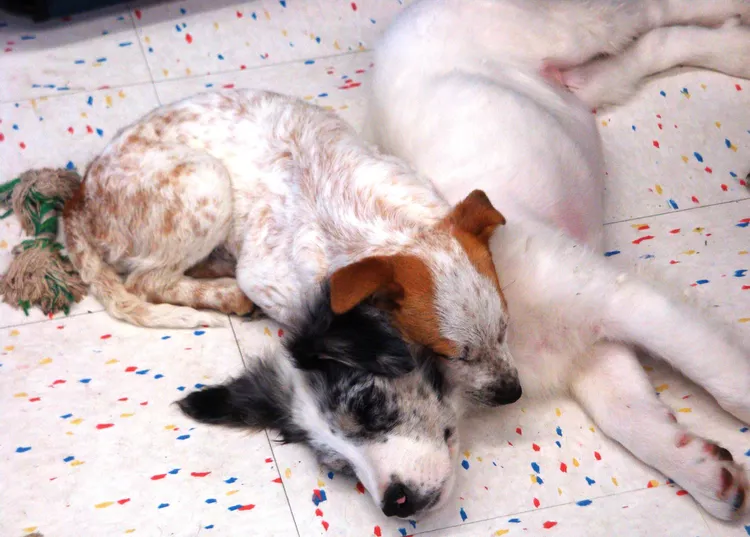
Ear Mites in Puppies and Dogs
Ear mites can be a big discomfort for puppies and dogs. Learn about the causes, treatment, and prevention to keep mites away from your pets.